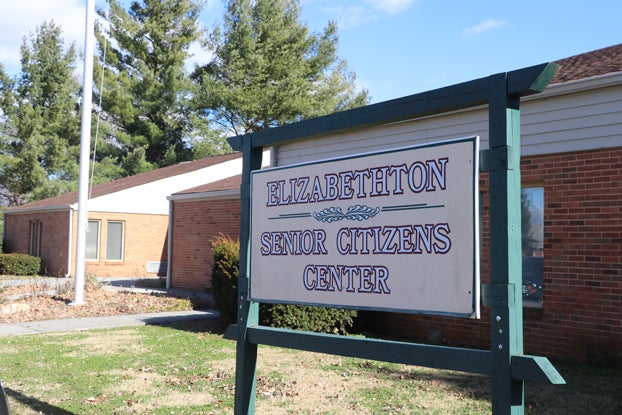Surgeon helps Sycamore Shoals Hospital lead health system in state-of-the-art breast care
Published 2:13 pm Saturday, January 10, 2015
A state-of-the-art technology offered at Sycamore Shoals Hospital is helping to make certain breast care procedures are easier for both patients and surgeons.
The technology, known as Radioactive Seed Localization, was first introduced to the region in 2012 by Dr. Vincent Becker and Mountain Empire Radiology, which is affiliated with Mountain States Health Alliance. The procedure helps surgeons who are performing breast biopsies and lumpectomies.
A tiny “seed” about the size of a small sesame seed implanted in the breast helps guide surgeons to areas of breast tissue that need to be removed due to benign disease or breast cancer.
Mountain States is the only health system in the state of Tennessee using this technology, with Sycamore Shoals, Franklin Woods, Indian Path Medical Center, and Johnson City Medical Center all licensed to do the procedure.
“If it weren’t for Mountain States, people would have to go to Duke to get this kind of technology for breast biopsies,” said Corey Paulson, director of marketing and communications at Sycamore Shoals Hospital. “Duke is the closest other hospital to offer this kind of technology.”
Dr. Elizabeth deFluiter, a surgeon at Sycamore Shoals Hospital, has helped the hospital become the system leader in using this new method.
“Right here in Elizabethton, Dr. deFluiter is the one championing this effort,” Paulson said. “My understanding is she is doing 90 percent of these procedures right here in Elizabethton.”
The new method is not only beneficial to the patient, deFluiter said she feels it benefits her as a surgeon and allows her to better perform the operations.
In a traditional biopsy procedure, a wire is placed into the breast just prior to surgery and is left protruding through the skin. The wire acts as a “road map” to guide the surgeon to the tissue targeted for removal.
“With the wire method, I have to follow the same track as the wire which may not be the best option for me as the surgeon or for the patient cosmetically,” deFluiter said. “With the seed I can go in from any direction and make a better approach.”
While other surgeons may say the two procedures are very much the same, deFluiter said to her it seems like the “seed” method allows her better remove the tissue. “It has made my procedure easier,” she said.
The procedure, which deFluiter described as “a great step forward,” has been well received by the patients and the physicians.
“It’s exciting that we can offer this type of technology to women here in Carter County and surrounding areas,” deFluiter said. “Our breast care program here at Sycamore Shoals is truly outstanding, and I’m happy to be part of a care team that’s leading the way by offering some of the most advanced procedures for early detection and treatment for the women we serve.”
Because the seed can be inserted into the breast tissue several days before surgery, deFluiter said the patient has a quicker and smoother experience on surgery day.
“If you wanted to, you could get this done a couple of days in advance and then come in and be my 8 a.m. case instead of spending a couple of hours in radiology and then being my 11:30 a.m. case,” she said, adding that for those who still want to do the total procedure in one day, that is also an option with the “seed” technology.

Photo contrinbuted by Mountain States Health Alliance
A radioactive seed and traditional biopsy wire are placed next to a dime for size comparison.






